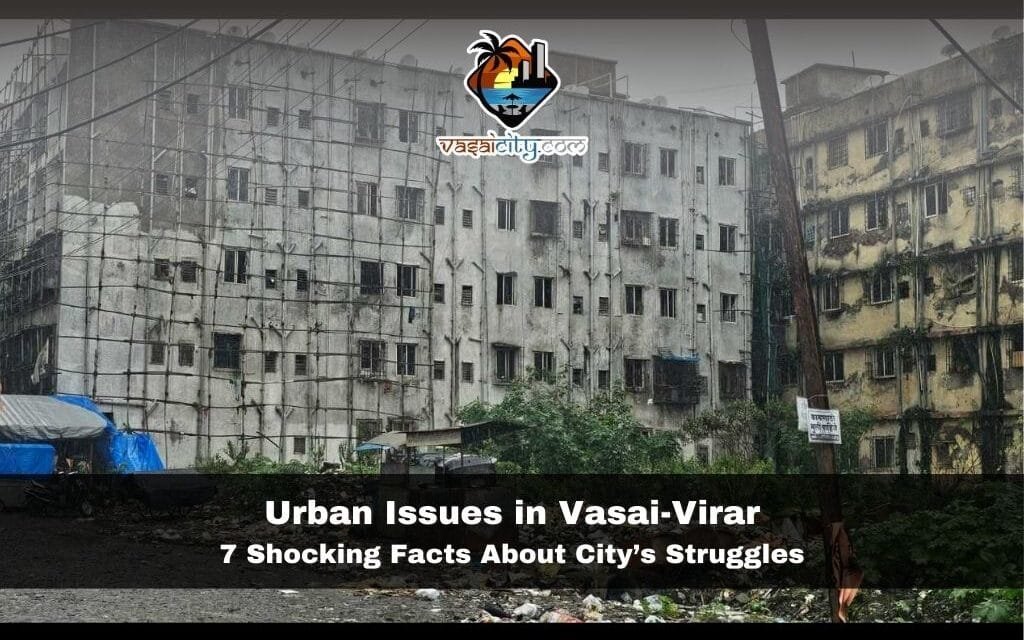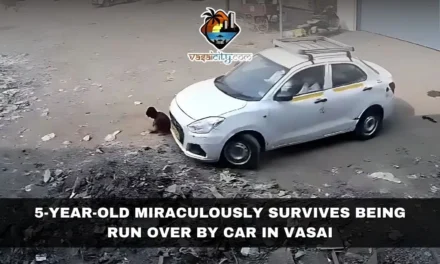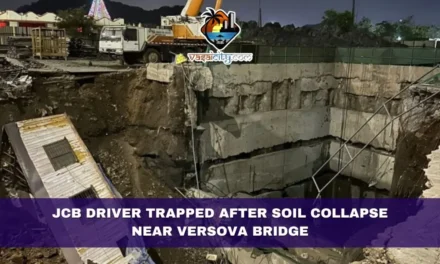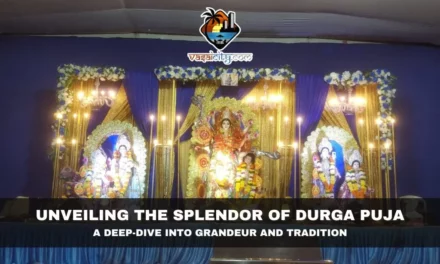The urban issues in Vasai-Virar have once again taken center stage after the Vasai Virar City Municipal Corporation (VVCMC) ordered the demolition of unsafe buildings following the tragic Naringi building collapse in Virar East. The incident claimed 17 lives and left several families homeless, highlighting the alarming gaps in city planning and infrastructure.
Table of Contents
Unsafe Buildings and Poor Planning
The VVCMC’s decision to vacate and demolish dangerous structures reflects a long-standing failure of urban management. Despite being recognized as a growing city, Vasai-Virar has suffered from weak policies, illegal constructions, and unchecked urbanization. This has transformed the area into a city struggling with safety and sustainability.
From Suburb to Concrete Jungle
For decades, Vasai-Virar was known as a quiet suburb where residents commuted daily to Mumbai for work. As housing prices in Mumbai skyrocketed, middle and lower-income families moved here in large numbers. Developers rushed to meet the demand, but the focus was on creating housing blocks rather than sustainable infrastructure. As a result, Vasai-Virar is now more of a “dormitory suburb” than a self-sufficient city.
Environmental Degradation
The rapid construction boom has taken a severe toll on the environment. Natural water bodies such as bawkhals, lakes, and wells – once vital for preserving monsoon water, are disappearing. Green spaces have shrunk, wetlands have been encroached upon, and forests have given way to concrete. This destruction of natural buffers has made the city more prone to flooding.
Flood Risks Every Monsoon
One of the most pressing urban issues in Vasai-Virar is flooding. With no proper stormwater drainage system, limited sewage treatment plants, and poor waste management, the city finds itself drowning during every heavy monsoon. Encroachments on rivers and nallahs have further blocked natural drainage channels, worsening the waterlogging problem in low-lying areas.
Strain on Public Transport
A large portion of Vasai-Virar’s population still travels daily to Mumbai for employment. Local job opportunities are limited, which puts immense pressure on the existing public transport system. Overcrowded trains and buses have become the norm, making daily life stressful for thousands of commuters.
Waste and Water Management Woes
The city’s waste management system is just about functional, but not enough for a population that has grown at such a fast pace. With no comprehensive plan for sewage treatment, untreated waste often pollutes rivers and lakes, further aggravating environmental and health concerns.
The Developer–Politician Nexus
Experts and residents often point to the deep-rooted nexus between developers, politicians, bureaucrats, and local mafias. This unholy alliance has fueled illegal constructions and neglected essential civic services. What should have been a carefully planned satellite city has instead become an unregulated sprawl.
The Road Ahead
The tragic incident at Naringi should serve as a wake-up call. Urban issues in Vasai-Virar cannot be ignored any longer. The need of the hour is strict enforcement of building safety norms, better town planning, investment in drainage and sewage systems, and preservation of wetlands and green spaces.
For local readers, understanding these problems is critical to demanding accountability from civic authorities. If left unchecked, the cost of unplanned growth will only rise in the coming years.
Inputs by Biju Cherian
This article is based on the author’s research and perspectives. The publisher claims no responsibility for inaccuracies. Views expressed are the contributor’s alone. Institutions mentioned are not endorsed unless specified.









